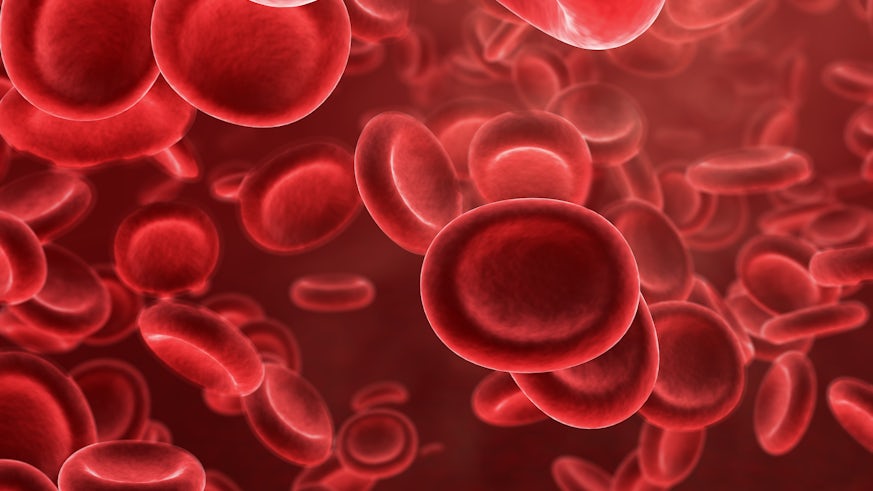Test could lead to more effective leukaemia treatment
21 January 2016

Simple blood test capable of detecting levels of leukaemia cells post chemotherapy
Cardiff University scientists are part of a UK team to develop a simple blood test capable of detecting levels of leukaemia cells remaining after intensive chemotherapy.
Working alongside experts from King’s College London, a team from the University’s School of Medicine led by Dr Robert Hills provided the crucial data from current patients with leukaemia.
The test helps predict which patients with acute myeloid leukaemia (AML) are at risk of their cancer returning in the future, helping to guide doctors on what further treatment is needed.
Dr Robert Hills, who coordinated the clinical trial and collected data for the project from the Haematology Clinical Trials Unit, based in Cardiff, said: “The data we’ve collected from patients has given us a new insight into Acute Myeloid Leukaemia (AML).
“Looking at the disease while people are receiving treatment has given us a unique opportunity to learn much more about how best to treat.
“What we have been able to identify is a group of patients who otherwise would be thought to do quite well, who in fact have a very poor prognosis, and who are not well served currently.
“This opens up the exciting prospect that we can do the same for other groups of patient as well.”
AML is diagnosed in around 2,400 people each year in the UK. Although survival rates are extremely poor overall, outlook for younger patients able to tolerate intensive treatment is better, with over half of patients under 40 years old surviving for at least five years.
In research published online in the New England Journal of Medicine, scientists used a ‘minimal residual disease’ (MRD) test to predict relapse, using blood samples from 346 AML patients who had undergone two cycles of chemotherapy.
The patients all had AML driven by faults in the NPM1 gene – which is the most common genetic sub-type of the disease and accounts for a third of all cases.
The research, funded by the blood cancer charity Bloodwise and the National Institute for Health Research (NIHR) and embedded in the Cancer Research UK-funded AML17 trial, sponsored and run by Cardiff University under Chief Investigator, Professor Alan Burnett.
The best chance of a cure involves chemotherapy and, in the case of high risk patients, a stem cell transplant. While intensive treatment is normally succesful in sending the cancer into remission, relapse is very common.
Patients usually only undergo a stem cell transplant after chemotherapy if they are adjudged to be at high-risk of relapse and are fit enough.
The researchers found that MRD testing was far superior at predicting relapse compared to current methods, which mainly rely on analysis of genetic abnormalities within individual patients’ cancer cells that influence whether they are ‘high risk’ or ‘low risk’ at the start of treatment.
The study was conducted within the National Cancer Research Institute (NCRI) AML17 clinical trial, which treated patients from across the UK, Denmark and New Zealand. All samples analysed using MRD testing were from patients determined to be at ‘standard risk’ of relapse using existing testing.
The MRD test can determine if a patient is in ‘molecular remission’, which means there are no signs of the faulty molecules indicative of leukaemia cells in their blood. This can be measured to a sensitivity of one leukaemia cell in 10,000 healthy blood cells.
In 82% of cases in which the MRD test detected the presence of the NPM1 cancer gene in a blood sample after treatment, the patient had relapsed within three years. Just 30% of patients who had no detectable leukaemia cells in their blood at this stage went on to relapse within that time.
Alasdair Rankin, Director of Research at Bloodwise, who funded the reserarch said: “Treatment for acute myeloid leukaemia is highly toxic and survival rates are desperately poor, particularly for older patients.
“Preemptive treatment to prevent relapse in those most at risk would reduce the levels of toxic treatment needed and improve its chances of success.”